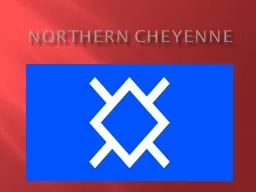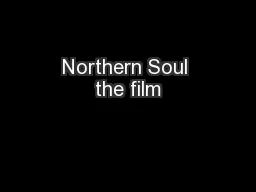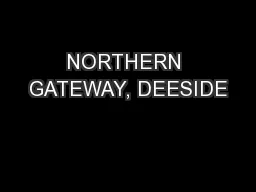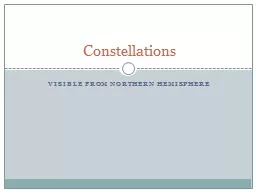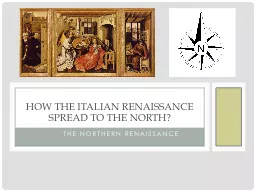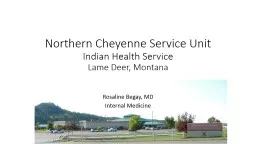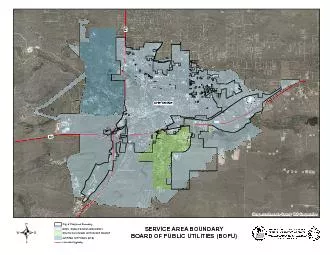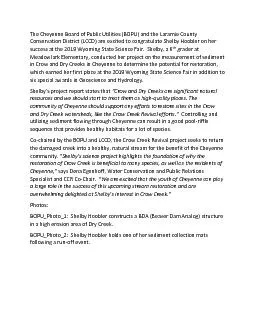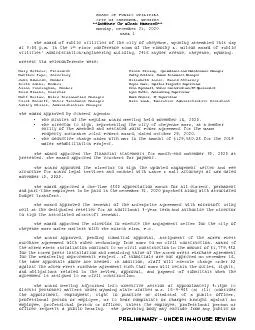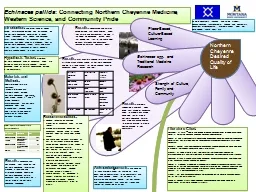PPT-Northern Cheyenne Who Are The Northern Cheyenne?
Author : tawny-fly | Published Date : 2018-10-30
Algonquian Speaking Nation Also known as the Tsistsistas which means Beautiful People and as the Sotaaeo Split into Northern and Southern Cheyenne in 1850 Creation
Presentation Embed Code
Download Presentation
Download Presentation The PPT/PDF document "Northern Cheyenne Who Are The Northern C..." is the property of its rightful owner. Permission is granted to download and print the materials on this website for personal, non-commercial use only, and to display it on your personal computer provided you do not modify the materials and that you retain all copyright notices contained in the materials. By downloading content from our website, you accept the terms of this agreement.
Northern Cheyenne Who Are The Northern Cheyenne?: Transcript
Download Rules Of Document
"Northern Cheyenne Who Are The Northern Cheyenne?"The content belongs to its owner. You may download and print it for personal use, without modification, and keep all copyright notices. By downloading, you agree to these terms.
Related Documents

